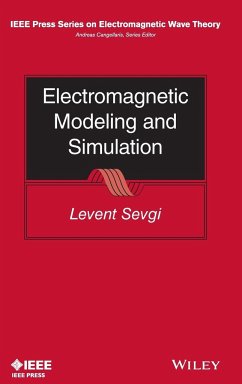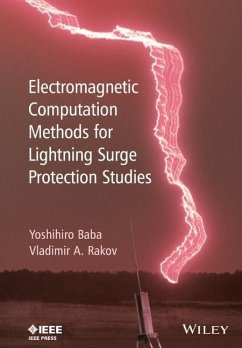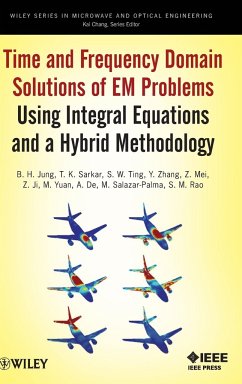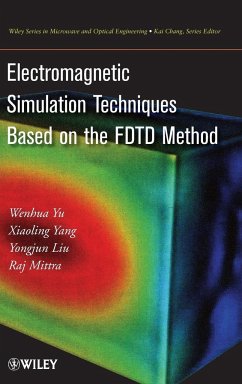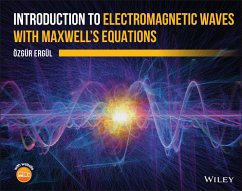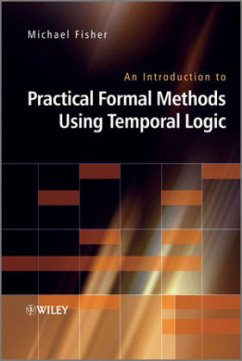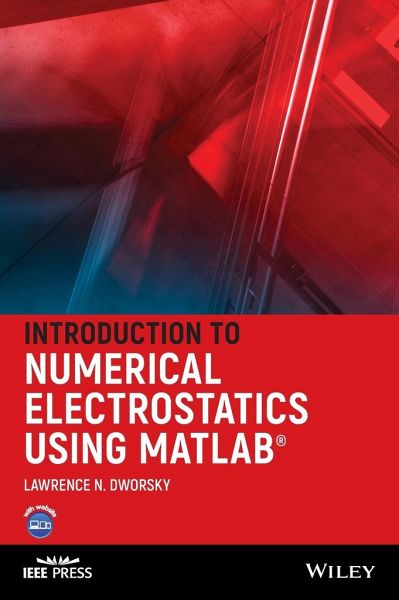
Introduction to Numerical Electrostatics Using MATLAB

PAYBACK Punkte
47 °P sammeln!
The first of its kind uniquely devoted to the field of computational electrostatics, this book dives headfirst into the actual problems that engineers are expected to solve using method of moment (MoM), finite difference, and finite element techniques. Readers are guided step by step through specific problems and challenges, covering all aspects of electrostatics with an emphasis on numerical procedures. Focusing on practical examples, mathematical equations, and common issues with algorithms, this is an ideal text for students in engineering, physics, and electrostatics--and working engineers and physicists.
Readers are guided step by step through numerous specific problems and challenges, covering all aspects of electrostatics with an emphasis on numerical procedures. The author focuses on practical examples, derives mathematical equations, and addresses common issues with algorithms. Introduction to Numerical Electrostatics contains problem sets, an accompanying web site with simulations, and a complete list of computer codes.
Computer source code listings on accompanying web site
Problem sets included with book
Readers using MATLAB or other simulation packages will gain insight as to the inner workings of these packages, and how to account for their limitations
Example computer code is provided in MATLAB
Solutions Manual
The first book of its kind uniquely devoted to the field of computational electrostatics
Computer source code listings on accompanying web site
Problem sets included with book
Readers using MATLAB or other simulation packages will gain insight as to the inner workings of these packages, and how to account for their limitations
Example computer code is provided in MATLAB
Solutions Manual
The first book of its kind uniquely devoted to the field of computational electrostatics





